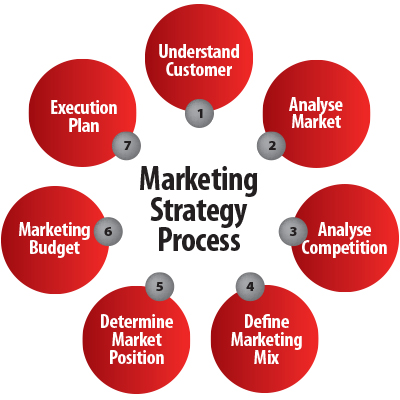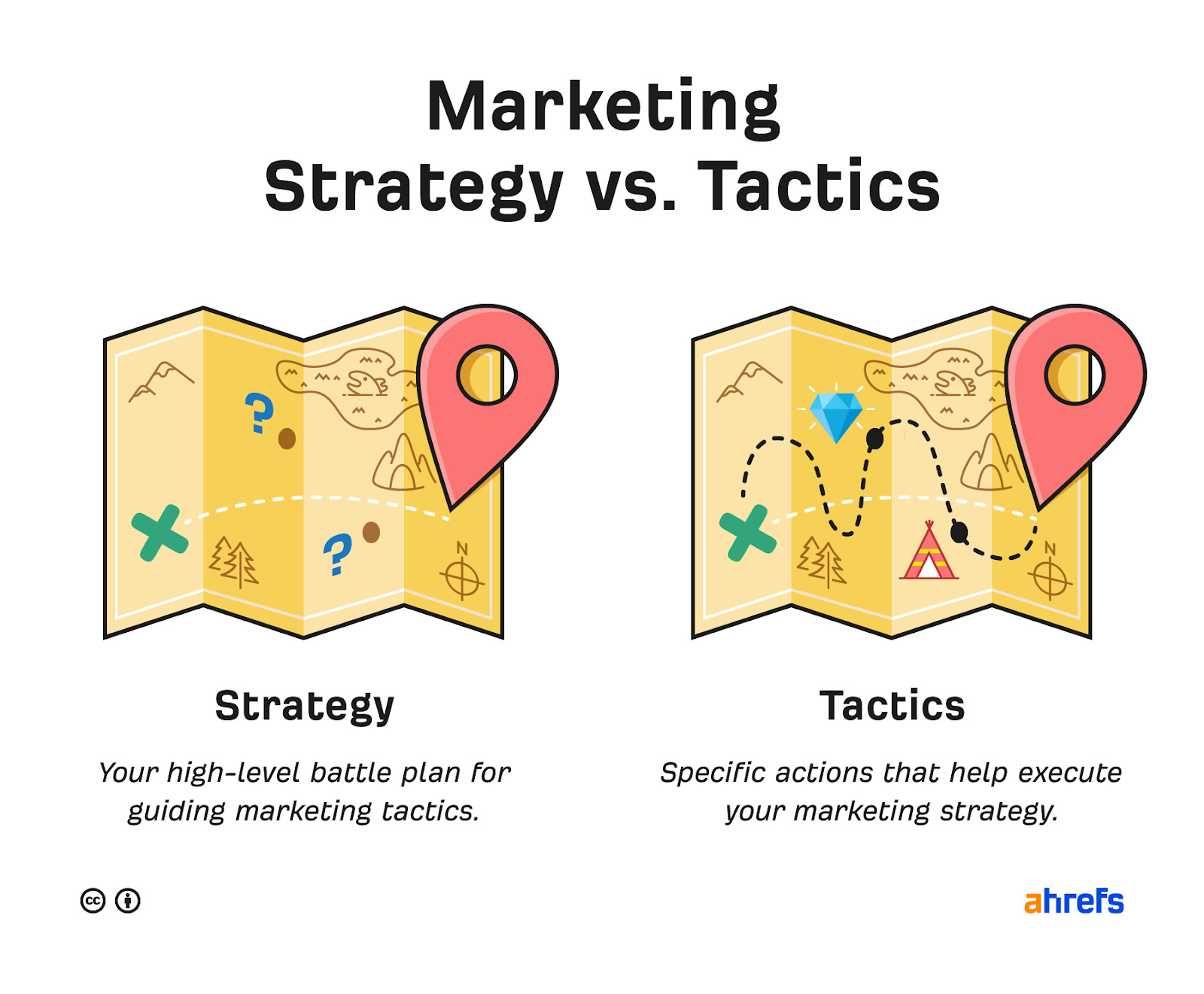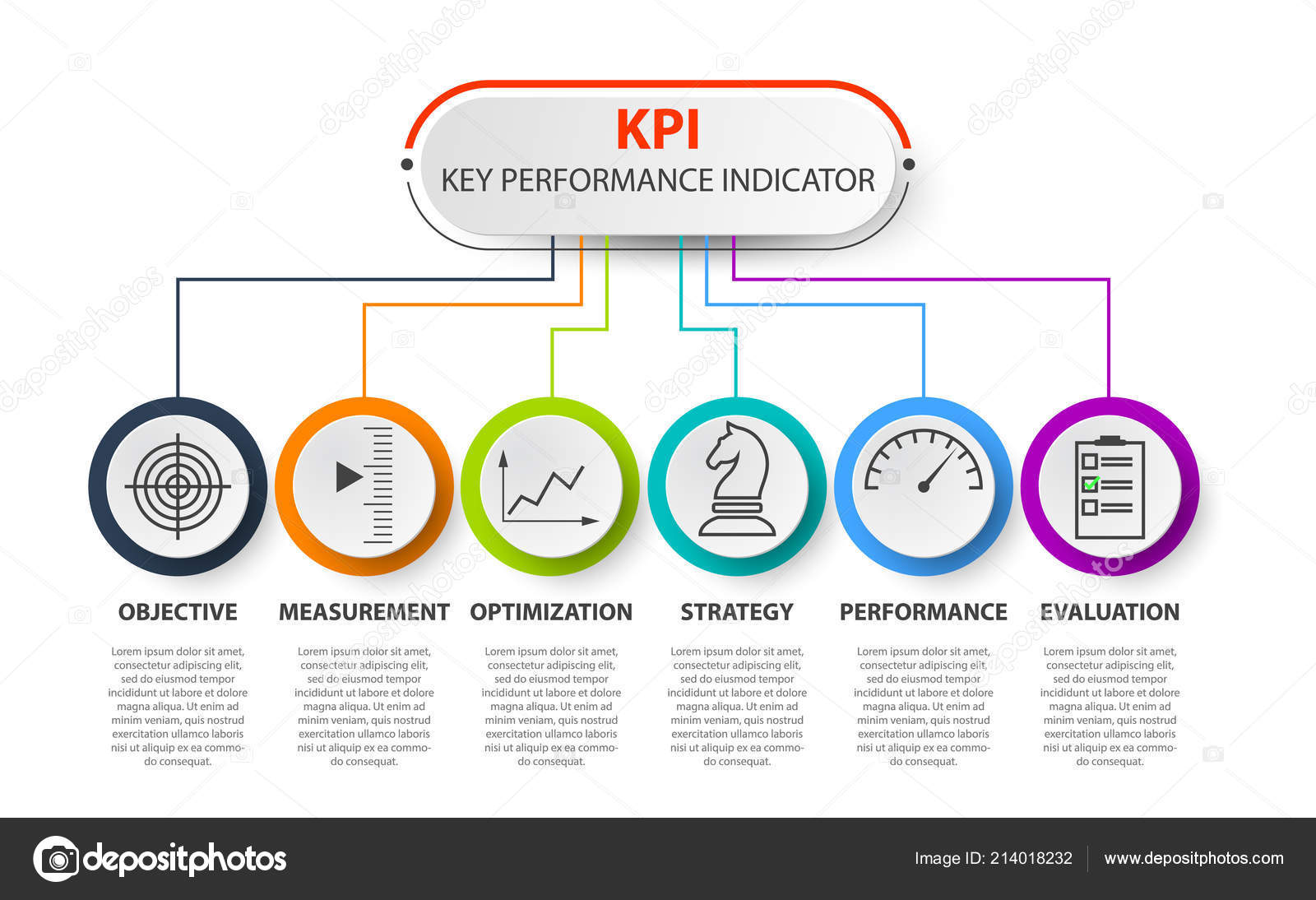The Foundation of a Successful Marketing Strategy
A well-defined marketing strategy is the backbone of any successful business. It serves as a roadmap, guiding companies towards their goals and objectives. The importance of having a well-crafted marketing strategy cannot be overstated, as it enables businesses to increase brand awareness, improve customer engagement, and enhance competitiveness in the market. By developing a comprehensive marketing strategy, companies can establish a strong foundation for growth and success.
Marketing strategy development involves a thorough analysis of the company’s internal and external environment. This includes understanding the company’s strengths, weaknesses, opportunities, and threats, as well as the needs and preferences of its target audience. By conducting a situation analysis, businesses can identify areas for improvement and develop strategies to capitalize on emerging trends and opportunities.
A well-defined marketing strategy also enables businesses to differentiate themselves from competitors. By creating a unique value proposition, companies can establish a distinct identity and communicate their value to customers. This, in turn, can lead to increased customer loyalty and retention, as well as improved brand reputation.
In today’s fast-paced and ever-changing business landscape, having a well-defined marketing strategy is crucial for success. By investing time and resources into marketing strategy development, businesses can stay ahead of the competition and achieve their goals. Whether you’re a small startup or a large corporation, a well-crafted marketing strategy can help you navigate the complexities of the market and achieve long-term success.
As companies navigate the process of marketing strategy development, it’s essential to keep in mind the importance of flexibility and adaptability. The market is constantly evolving, and businesses must be able to respond quickly to changes in consumer behavior, technological advancements, and shifting market trends. By staying agile and adaptable, companies can ensure that their marketing strategy remains effective and relevant over time.
Effective marketing strategy development requires a deep understanding of the company’s target audience, including their needs, preferences, and behaviors. By conducting market research and analyzing customer data, businesses can gain valuable insights into their target audience and develop marketing strategies that resonate with them.
Furthermore, a well-defined marketing strategy should align with the company’s overall business goals and objectives. By establishing clear and measurable marketing objectives, businesses can ensure that their marketing efforts are focused and effective, and that they are making progress towards their goals.
In conclusion, a well-defined marketing strategy is essential for businesses that want to succeed in today’s competitive market. By investing time and resources into marketing strategy development, businesses can establish a strong foundation for growth and success, and achieve their goals.
Conducting a Situation Analysis: Understanding Your Market Landscape
Conducting a situation analysis is a critical step in marketing strategy development. It involves a thorough examination of the company’s internal and external environment, including market trends, customer needs, and competitor activity. By analyzing these factors, businesses can gain a deeper understanding of their market landscape and identify opportunities for growth and improvement.
A situation analysis typically begins with an examination of the company’s internal environment. This includes an assessment of the company’s strengths, weaknesses, opportunities, and threats (SWOT analysis). By understanding the company’s internal capabilities and limitations, businesses can identify areas for improvement and develop strategies to capitalize on emerging trends and opportunities.
The external environment is also a critical component of a situation analysis. This includes an examination of market trends, customer needs, and competitor activity. By analyzing these factors, businesses can gain a deeper understanding of their target audience and develop marketing strategies that resonate with them. For example, a company may use market research to identify emerging trends and opportunities in their industry, and then develop marketing strategies to capitalize on these trends.
Competitor analysis is also an important component of a situation analysis. By examining the strengths and weaknesses of competitors, businesses can identify areas for differentiation and develop marketing strategies that set them apart from the competition. For example, a company may use competitor analysis to identify gaps in the market and develop marketing strategies to fill these gaps.
In addition to these factors, a situation analysis may also include an examination of the company’s macro-environment. This includes an assessment of economic, social, and technological trends that may impact the company’s marketing strategy. By understanding these trends, businesses can develop marketing strategies that are responsive to changing market conditions.
Overall, conducting a situation analysis is a critical step in marketing strategy development. By examining the company’s internal and external environment, businesses can gain a deeper understanding of their market landscape and develop marketing strategies that drive results. Whether you’re a small startup or a large corporation, a situation analysis can help you navigate the complexities of the market and achieve your goals.
By incorporating a situation analysis into your marketing strategy development process, you can ensure that your marketing efforts are focused and effective. This includes developing marketing objectives that are aligned with your overall business goals, and creating a marketing mix that is tailored to your target audience. By taking a strategic approach to marketing, you can drive results and achieve your goals.
Setting SMART Marketing Objectives: A Roadmap to Success
Setting SMART marketing objectives is a crucial step in marketing strategy development. SMART is an acronym that stands for Specific, Measurable, Achievable, Relevant, and Time-bound. By setting SMART marketing objectives, businesses can create a roadmap for success and ensure that their marketing efforts are focused and effective.
Specific marketing objectives are clear and well-defined. They provide a clear direction for the marketing team and help to ensure that everyone is working towards the same goals. For example, a specific marketing objective might be to increase website traffic by 20% within the next 6 months.
Measurable marketing objectives are quantifiable and can be tracked and evaluated. This helps to ensure that progress is being made towards the objective and that adjustments can be made as needed. For example, a measurable marketing objective might be to increase sales revenue by 15% within the next 12 months.
Achievable marketing objectives are realistic and take into account the resources and capabilities of the business. This helps to ensure that the objectives are attainable and that the marketing team is not set up for failure. For example, an achievable marketing objective might be to increase social media engagement by 50% within the next 3 months.
Relevant marketing objectives are aligned with the overall business goals and objectives. This helps to ensure that the marketing efforts are supporting the overall business strategy and that everyone is working towards the same goals. For example, a relevant marketing objective might be to increase brand awareness by 20% within the next 12 months.
Time-bound marketing objectives have a specific deadline or timeframe for completion. This helps to create a sense of urgency and focus among the marketing team and ensures that progress is being made towards the objective. For example, a time-bound marketing objective might be to launch a new product within the next 6 months.
By setting SMART marketing objectives, businesses can create a clear and focused marketing strategy that drives results. This includes developing a marketing mix that is tailored to the target audience, creating a unique value proposition that differentiates the brand from competitors, and measuring and evaluating marketing performance using key metrics and KPIs.
In addition to setting SMART marketing objectives, businesses should also ensure that their marketing strategy is aligned with their overall business goals and objectives. This includes developing a marketing budget that is aligned with the overall business budget and ensuring that the marketing team has the necessary resources and support to achieve their objectives.
By taking a strategic approach to marketing, businesses can drive results and achieve their goals. This includes staying flexible and adapting to changing market conditions, using data and analytics to inform marketing decisions, and continuously evaluating and improving the marketing strategy.
Segmenting, Targeting, and Positioning: Finding Your Niche
Segmenting, targeting, and positioning (STP) is a crucial step in marketing strategy development. It involves identifying and catering to specific customer segments, creating a unique value proposition that resonates with them, and differentiating the brand from competitors.
Segmentation involves dividing the market into distinct groups based on demographic, behavioral, or psychographic characteristics. This helps businesses to identify specific customer segments that are most likely to be interested in their products or services. For example, a company that sells outdoor gear may segment its market based on age, income, and interests.
Targeting involves selecting specific customer segments to focus on, based on their potential for growth and profitability. This helps businesses to allocate their resources effectively and maximize their return on investment. For example, a company that sells outdoor gear may target young adults who are interested in hiking and camping.
Positioning involves creating a unique value proposition that differentiates the brand from competitors and resonates with the target audience. This helps businesses to establish a strong brand identity and build customer loyalty. For example, a company that sells outdoor gear may position itself as a premium brand that offers high-quality products and exceptional customer service.
By using the STP approach, businesses can develop a marketing strategy that is tailored to their target audience and drives results. This includes creating a marketing mix that is aligned with the target audience’s needs and preferences, and using marketing messaging and channels that resonate with them.
For example, a company that sells outdoor gear may use social media and influencer marketing to reach its target audience of young adults who are interested in hiking and camping. It may also use targeted advertising and promotional offers to drive sales and increase brand awareness.
In addition to using the STP approach, businesses should also consider the importance of customer segmentation in marketing strategy development. By segmenting their market and targeting specific customer segments, businesses can create a marketing strategy that is tailored to their needs and preferences, and drives results.
Customer segmentation can be based on a variety of factors, including demographic characteristics, behavioral patterns, and psychographic characteristics. For example, a company that sells outdoor gear may segment its market based on age, income, and interests, and target specific customer segments that are most likely to be interested in its products.
By using customer segmentation and the STP approach, businesses can develop a marketing strategy that is tailored to their target audience and drives results. This includes creating a marketing mix that is aligned with the target audience’s needs and preferences, and using marketing messaging and channels that resonate with them.
Developing a Unique Value Proposition: Differentiating Your Brand
A unique value proposition (UVP) is a critical component of marketing strategy development. It is a statement that clearly communicates the value that a brand offers to its customers, and differentiates it from competitors. A well-crafted UVP can help to establish a strong brand identity, build customer loyalty, and drive business growth.
A UVP should be based on a deep understanding of the target audience and their needs, preferences, and pain points. It should also be aligned with the brand’s overall mission, vision, and values. By developing a UVP that resonates with the target audience, businesses can create a marketing strategy that drives results and achieves their goals.
There are several key elements that should be included in a UVP. These include the brand’s unique benefits, features, and values, as well as its competitive advantages. The UVP should also be concise, clear, and compelling, and should be communicated consistently across all marketing channels.
For example, a company that sells outdoor gear may develop a UVP that emphasizes its commitment to quality, durability, and customer service. The UVP may read: “At [Brand Name], we are dedicated to providing our customers with the highest-quality outdoor gear, backed by exceptional customer
Creating a Marketing Mix: The 4 Ps and Beyond
The marketing mix is a critical component of marketing strategy development. It refers to the combination of elements that a business uses to promote its products or services to its target audience. The traditional marketing mix consists of the 4 Ps: product, price, promotion, and place.
Product refers to the goods or services that a business offers to its customers. This includes the features, benefits, and quality of the product, as well as any warranties or guarantees that are offered.
Price refers to the amount that a customer pays for a product or service. This includes the list price, discounts, and any other pricing strategies that a business uses to attract customers.
Promotion refers to the ways in which a business communicates with its target audience and promotes its products or services. This includes advertising, sales promotions, public relations, and other forms of marketing communication.
Place refers to the channels through which a business sells its products or services to its customers. This includes the physical distribution of products, as well as the use of digital channels such as e-commerce websites and social media.
In addition to the 4 Ps, there are several other elements that a business may include in its marketing mix. These include people, process, and physical evidence.
People refers to the employees and other stakeholders who interact with customers and influence their perceptions of a business. This includes the skills, knowledge, and attitudes of employees, as well as the way in which they interact with customers.
Process refers to the systems and procedures that a business uses to deliver its products or services to customers. This includes the way in which orders are processed, products are manufactured, and services are delivered.
Physical evidence refers to the tangible elements of a business that influence customer perceptions. This includes the physical appearance of stores, offices, and other facilities, as well as the design and layout of websites and other digital channels.
By tailoring the marketing mix to the needs and preferences of its target audience, a business can create a marketing strategy that drives results and achieves its goals. This includes using a combination of the 4 Ps and other elements to create a unique and compelling value proposition that differentiates the business from its competitors.
In order to create an effective marketing mix, a business must conduct market research and analyze its target audience. This includes gathering data on customer needs, preferences, and behaviors, as well as analyzing the competitive landscape and identifying opportunities for differentiation.
Once a business has gathered and analyzed this data, it can use it to create a marketing mix that is tailored to the needs and preferences of its target audience. This includes developing a unique value proposition, creating a marketing budget, and selecting the marketing channels and tactics that will be used to promote the business.
Measuring and Evaluating Marketing Performance: Key Metrics and KPIs
Measuring and evaluating marketing performance is a critical component of marketing strategy development. It involves tracking and analyzing key metrics and KPIs to determine the effectiveness of marketing efforts and make data-driven decisions.
There are several key metrics and KPIs that businesses can use to measure and evaluate marketing performance. These include return on investment (ROI), customer acquisition cost (CAC), customer lifetime value (CLV), and conversion rates.
Return on investment (ROI) is a metric that measures the return on investment of marketing efforts. It is calculated by dividing the revenue generated by marketing efforts by the cost of those efforts. For example, if a business spends $1,000 on a marketing campaign and generates $2,000 in revenue, the ROI would be 200%.
Customer acquisition cost (CAC) is a metric that measures the cost of acquiring a new customer. It is calculated by dividing the cost of marketing efforts by the number of new customers acquired. For example, if a business spends $1,000 on a marketing campaign and acquires 10 new customers, the CAC would be $100 per customer.
Customer lifetime value (CLV) is a metric that measures the total value of a customer over their lifetime. It is calculated by multiplying the average order value by the number of purchases made by a customer over their lifetime. For example, if a customer makes an average of 5 purchases per year, with an average order value of $100, and remains a customer for 5 years, the CLV would be $2,500.
Conversion rates are a metric that measures the percentage of customers who complete a desired action, such as making a purchase or filling out a form. For example, if a business has a conversion rate of 2% on its website, it means that 2% of visitors complete a desired action.
By tracking and analyzing these key metrics and KPIs, businesses can gain a deeper understanding of their marketing performance and make data-driven decisions to improve their marketing strategy. This includes adjusting marketing budgets, optimizing marketing campaigns, and improving customer engagement.
In addition to tracking key metrics and KPIs, businesses should also conduct regular marketing audits to evaluate the effectiveness of their marketing strategy. This includes reviewing marketing campaigns, analyzing customer feedback, and assessing the competitive landscape.
By regularly evaluating and improving their marketing strategy, businesses can stay ahead of the competition and achieve their marketing goals. This includes increasing brand awareness, improving customer engagement, and driving revenue growth.
Marketing strategy development is an ongoing process that requires continuous evaluation and improvement. By tracking key metrics and KPIs, conducting regular marketing audits, and making data-driven decisions, businesses can create a marketing strategy that drives results and achieves their goals.
How to Develop a Marketing Strategy That Drives Results
Developing a marketing strategy that drives results requires a thorough understanding of your target audience, market trends, and competitor activity. It also requires a clear understanding of your business goals and objectives, as well as a well-defined marketing mix.
Step 1: Conduct a Situation Analysis
Conducting a situation analysis is the first step in developing a marketing strategy that drives results. This involves analyzing internal and external factors, such as market trends, customer needs, and competitor activity.
Step 2: Set SMART Marketing Objectives
Setting SMART marketing objectives is the next step in developing a marketing strategy that drives results. This involves setting specific, measurable, achievable, relevant, and time-bound objectives that align with your overall business goals.
Step 3: Segment, Target, and Position Your Market
Segmenting, targeting, and positioning your market is the next step in developing a marketing strategy that drives results. This involves identifying and catering to specific customer segments, creating a unique value proposition that differentiates your brand from competitors, and positioning your brand in the market.
Step 4: Create a Marketing Mix
Creating a marketing mix is the next step in developing a marketing strategy that drives results. This involves developing a combination of the 4 Ps (product, price, promotion, and place) that aligns with your marketing objectives and target audience.
Step 5: Measure and Evaluate Marketing Performance
Measuring and evaluating marketing performance is the final step in developing a marketing strategy that drives results. This involves tracking and analyzing key metrics and KPIs, such as return on investment (ROI), customer acquisition cost (CAC), and customer lifetime value (CLV).
Tips for Staying Flexible and Adapting to Changing Market Conditions
Staying flexible and adapting to changing market conditions is crucial for developing a marketing strategy that drives results. This involves continuously monitoring market trends, customer needs, and competitor activity, and making adjustments to your marketing strategy as needed.
By following these steps and tips, you can develop a marketing strategy that drives results and helps you achieve your business goals. Remember to stay flexible and adapt to changing market conditions, and continuously evaluate and improve your marketing strategy to ensure long-term success.







